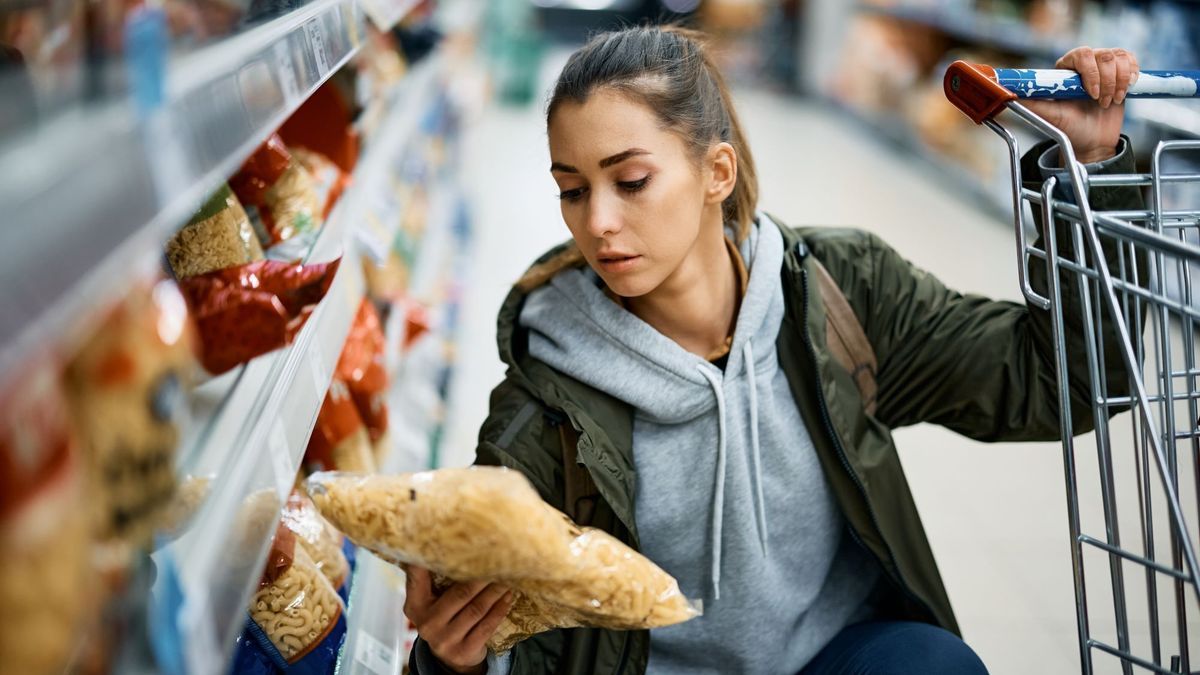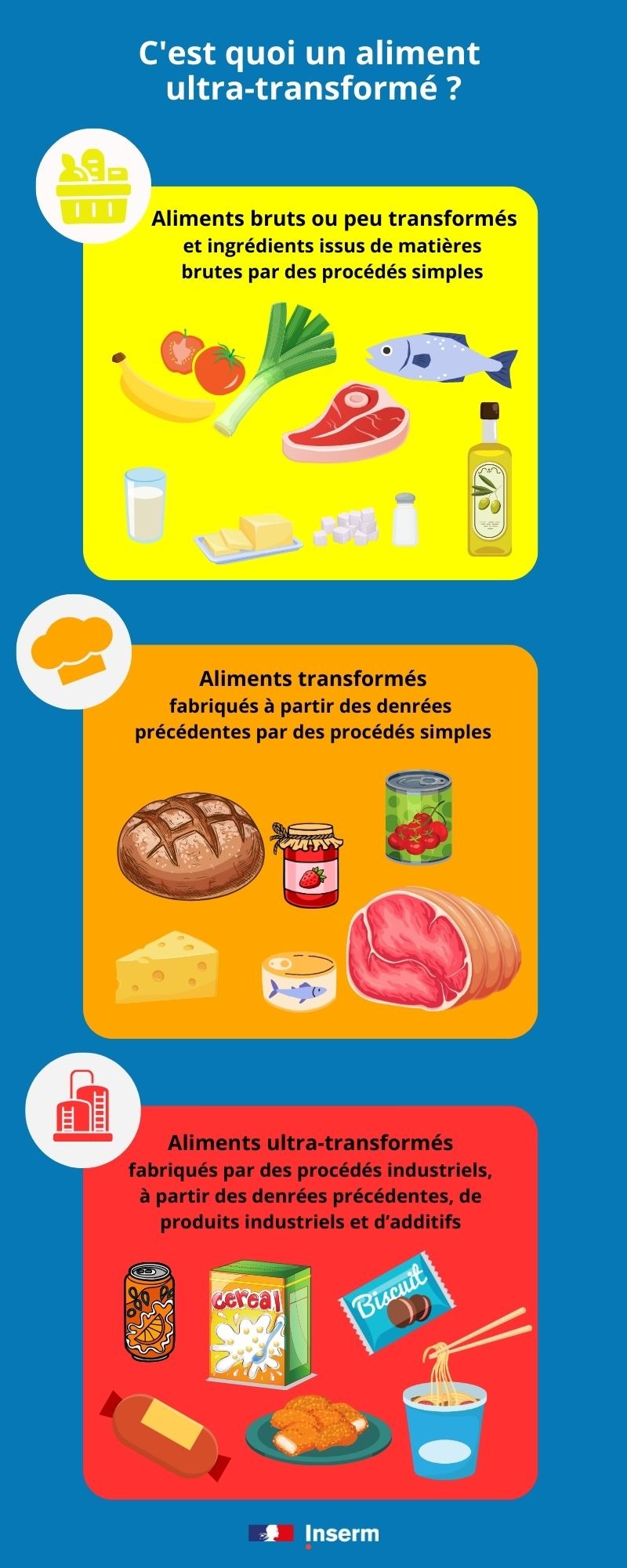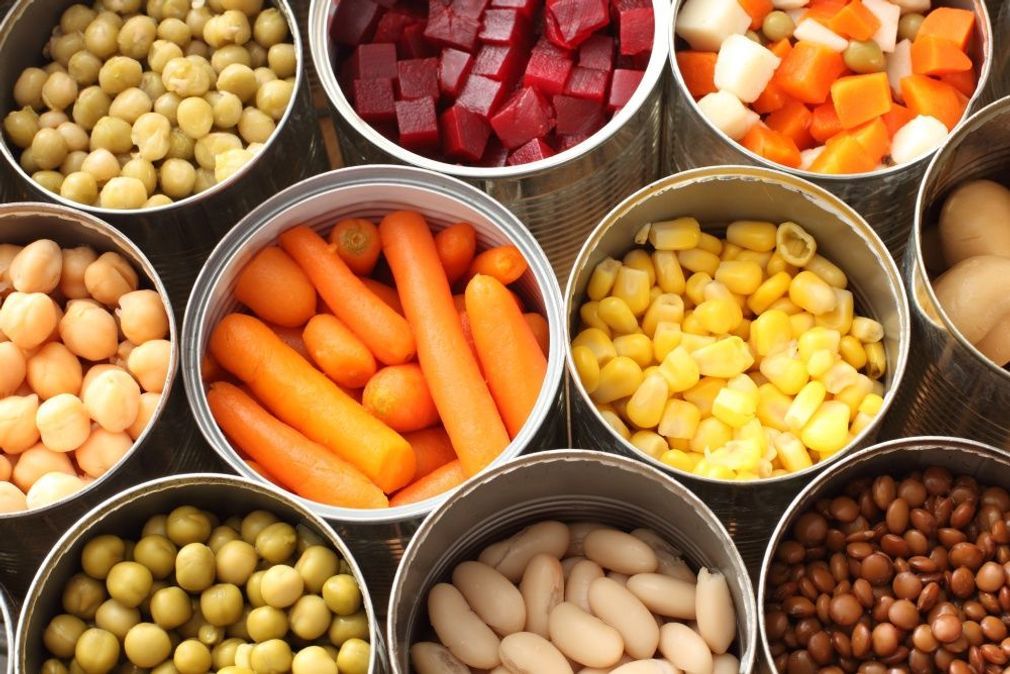
We constantly hear about it: ultra-processed products are harmful to your health and it is better to avoid them. But in reality, what is an ultra-processed product? How to identify them? Explanations.
This is a public health message: it is important to pay attention to our diet, favoring fruits and vegetables, while avoiding ultra-processed products as much as possible. But how can you identify them in the supermarket, to better avoid them?
Products increasingly present on our plate
In Europe, it is estimated that ultra-processed products represent a third of the calories ingested each day by an individual. However, these same foods are accused, by various scientific studies, of being the cause of serious pathologies, such as obesity, diabetes, cancer or depression. So how can we recognize them on supermarket shelves and avoid them?
Ultra-processed foods undergo different transformations (biological, chemical or physical) which change their characteristics.
We therefore distinguish:
- Raw foods, such as fruits or vegetables as bought at the market, for example;
- Processed foods, such as jams, bread, canned tuna or cheese, for example, which undergo simple processing processes;
- Ultra-processed foods, such as sodas, chips, industrial biscuits, prepared meals, reconstituted meats, flavored yogurts, etc.

NO to diets, YES to WW!
What should this type of product be replaced with?
To avoid ultra-processed products as much as possible, there is only one solution: you have to cook! Starting with raw foods, such as fruits and vegetables, cut meats and fish or even the simplest products, such as pasta, you will have to prepare them yourself. It is certainly time-consuming but it is the only guarantee of avoiding these ultra-processed foods.
Another tip, provided by Alexandra Murcier, dietitian-nutritionist: look at the length of the product’s list of ingredients. “If it contains elements that would not naturally be found in a kitchen, it is best to avoid this product” she recommends. This can be, for example, additives, preservatives, flavorings and sugars such as glucose syrup or modified starch.
On the other hand, there is no point relying on the Nutri-score, because a food classified A can today quite easily be an ultra-processed product. Changes to this indicator are being studied but they come up against lobbying from the agri-food industries and the lack of definition by the authorities of an “ultra-processed food”.

